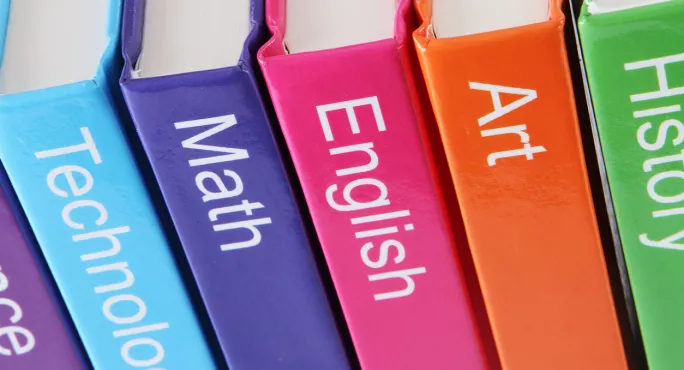Scottish first minister Nicola Sturgeon has rejected evidence that purports to show that pupils in schools serving deprived areas are offered fewer subjects - here, we explore whether or not she was right to.
At First Minister’s Questions on Wednesday, Labour MSP Daniel Johnson said that the opportunities pupils in Scottish schools had depended on where they lived and that young people in our poorest communities did not have access to the same range of subjects and courses as those in the most deprived areas.
Background: ‘The poorer you are, the fewer subject choices you get’
Related: Narrowing choice has ‘profound implications’ for pupils
Opinion: Is Scotland’s curriculum really narrowing?
He was basing his remarks on research carried out by Barry Black, a PhD student researcher from the University of Glasgow. Mr Black’s research claims to show pupils in schools with 40 per cent or more pupils claiming free school meals “offer nearly 10 per cent fewer subjects across the senior phase” than schools where the figure is between 0 and 10 per cent.
Mr Black came to this conclusion by drawing on figures from exam body, the Scottish Qualifications Authority, on subject entries. The national average for subject entries across S4 to S6, he found, was 13.97. In the most affluent schools, the number was 14.25, and in the most deprived it is only 12.94.
But these figures tell us nothing about the subjects pupils are offered - what they tell us is how many subjects pupils actually take.
So, in theory a school in a deprived area could be offering just as many subjects and courses as a school in an advantaged area - in fact, the school in the disadvantaged area could be offering more - but on average pupils do not pursue as many.
Opportunity - or attainment - gap?
The difficulty is that disparity in entries between advantaged and disadvantaged pupils could just be taken as evidence of the attainment gap rather than an opportunity gap.
However, we have other evidence that shows that, while pupils in deprived areas might be offered as much choice, they don’t necessarily have the same chance to take it forward.
In a research paper, University of Stirling academics Professor Mark Priestley and Dr Marina Shapira found that since the new qualifications were introduced there was a trend that “fewer subjects are being taken in school year S4 for levels 4 and 5 National Qualifications”, but this trend had not been uniform and was more pronounced in schools in more deprived areas, as well as in schools with a larger number of students from disadvantaged socio-economic backgrounds.
In a blog post, Professor Priestley summed up what they had found: “Provision of education in the senior phase seems to be socially stratified: if you attend school in a wealthy area, you are more likely to be able to study seven or eight subjects at N5, whereas if you attend school in a relatively disadvantaged area, the number of subjects studied is likely to be fewer.”
Education secretary John Swinney has also acknowledged that because the rolls of secondaries in deprived areas are likely to be smaller, options are likely to be fewer.
This is an issue on which clarity is needed but it seems we are not there yet, which is presumably why the Green MSP Ross Greer keeps on calling for Education Scotland to investigate the extent of “subject choice inequality”. He did this again during FMQs on Wednesday.
Ms Sturgeon’s response was that this was “part of the purpose” of the independent review of the senior phase. Comfortingly, even if that review - which is due to report in the summer - does little to assuage concerns, Tes Scotland understands the University of Stirling academics hope they will have some more conclusive research to publish next year.




